Ovarian cancer is hard to diagnose in its early stages because it has vague symptoms, such as constipation, bloating, and back pain.
Tag: Biophysical Society
Using Ion Beams to Improve Brain Microscopy
Improving the way scientists can see the microscopic structures of the brain can improve our understanding of a host of brain diseases, like Alzheimer’s or multiple sclerosis. Studying these diseases is challenging and has been limited by accuracy of available models.To see the smallest parts of cells, scientists often use a technique called electron microscopy.
How Ancient Sea Creatures can Inform Soft Robotics
Soft robotics is the study of creating robots from soft materials, which has the advantage of flexibility and safety in human interactions. These robots are well-suited for applications ranging from medical devices to enhancing efficiency in various tasks.
Faster Monkeypox (mpox) Testing Through CRISPR
Mpox, formerly known as monkeypox, is a rare viral disease that is spread through physical contact between people.
The Biophysical Journal Names Erdic Sezgin the 2023 Paper of the Year-Early Career Investigator Awardee
ROCKVILLE, MD – Erdic Sezgin, of Karolinska Institutet, Sweden will be honored as the recipient of the Biophysical Journal Paper of the Year-Early Career Investigator Award at the 68th Annual Meeting of the Biophysical Society, held February 10-14 in Philadelphia, Pennsylvania.
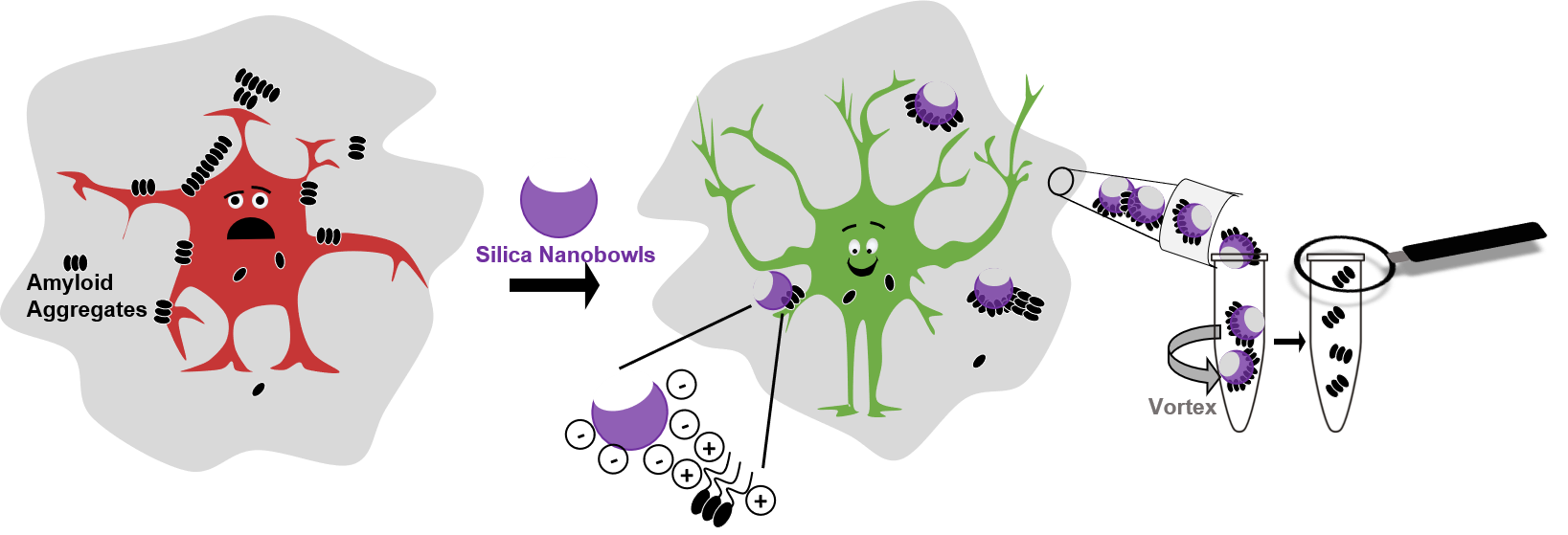
Nanoparticles Help Untangle Alzheimer’s Disease Amyloid Beta Plaques
ROCKVILLE, MD – Scientists are still a long way from being able to treat Alzheimer’s Disease, in part because the protein aggregates that can become brain plaques, a hallmark of the disease, are hard to study.
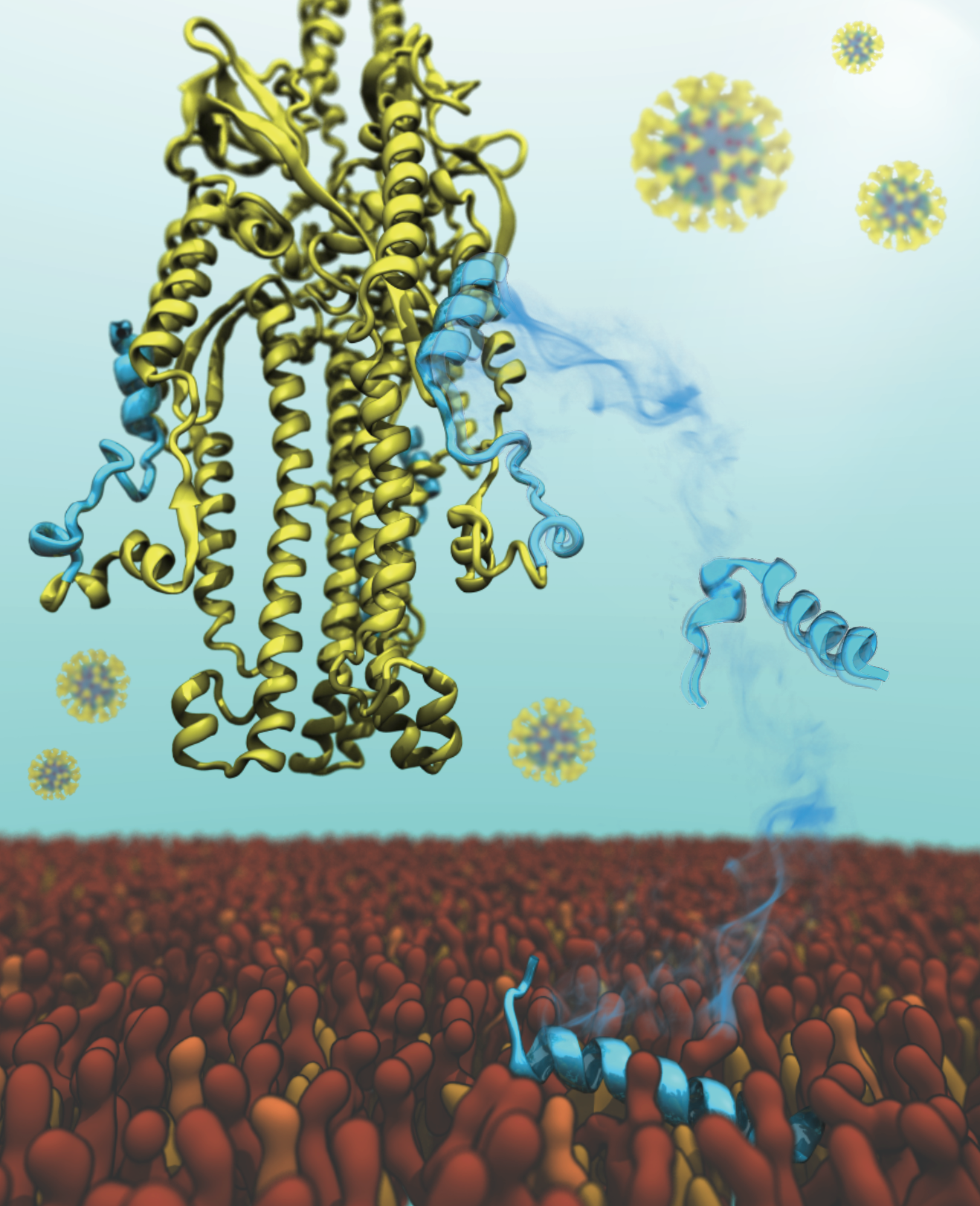
Scientists Uncover New Details of SARS-CoV-2 Interactions with Human Cells
ROCKVILLE, MD – If the coronavirus were a cargo ship, it would need to deliver its contents to a dock in order to infect the host island.
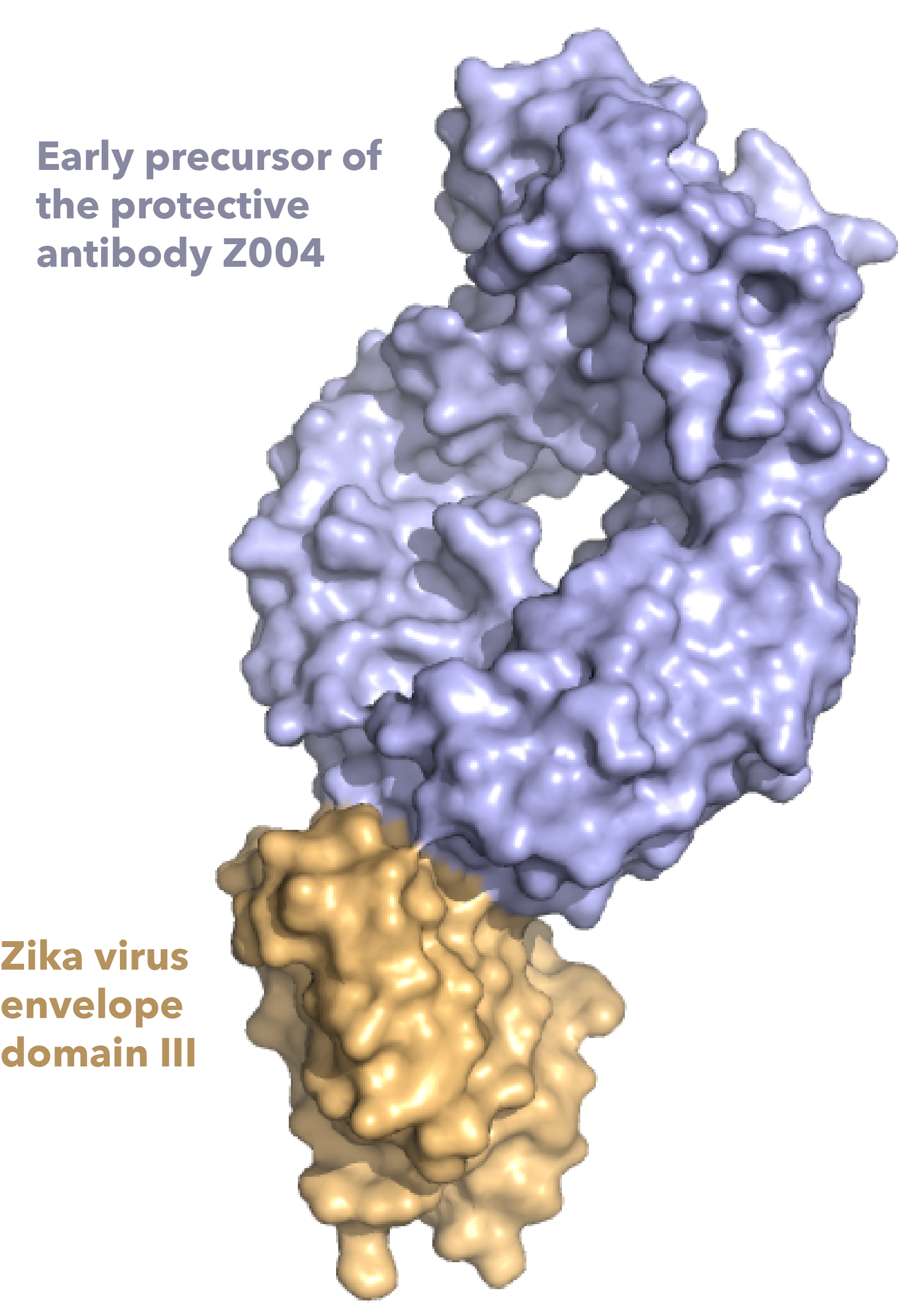
Scientists Reveal Details of Antibodies that Work Against Zika Virus
ROCKVILLE, MD – The Zika outbreak of 2015 and 2016 is having lasting impacts on children whose mothers became infected with the virus while they were pregnant.
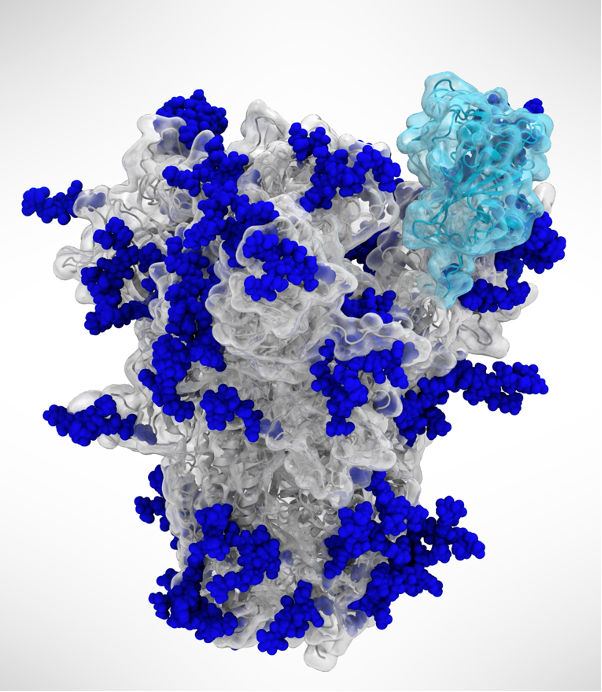
How SARS-CoV-2’s Sugar-Coated Shield Helps Activate the Virus
ROCKVILLE, MD – One thing that makes SARS-CoV-2, the virus that causes COVID-19, elusive to the immune system is that it is covered in sugars called glycans.
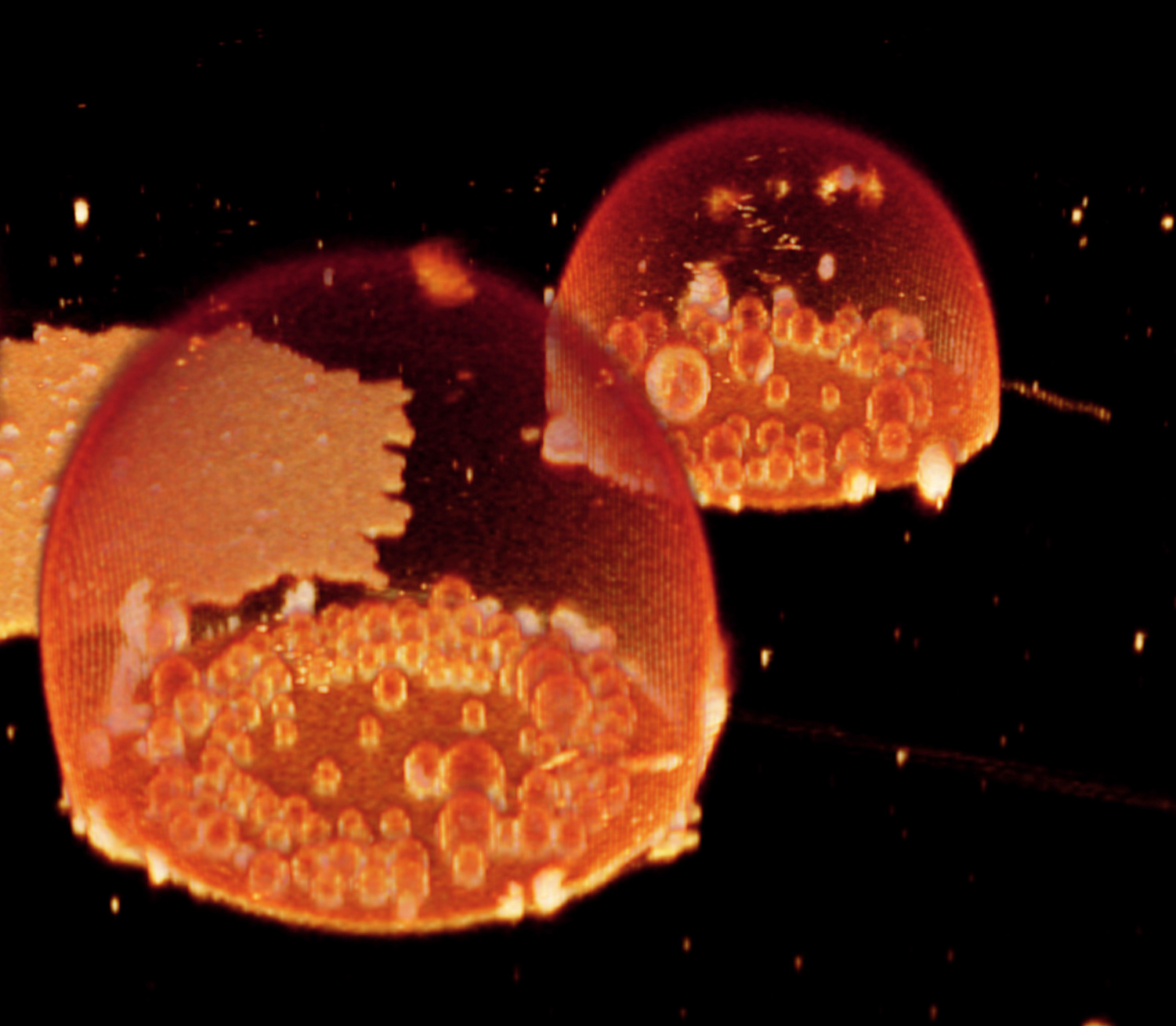
Evidence That Earth’s First Cells Could Have Made Specialized Compartments
ROCKVILLE, MD – Scientists have long speculated about the features that our long-ago single-celled ancestors might have had, and the order in which those features came about.
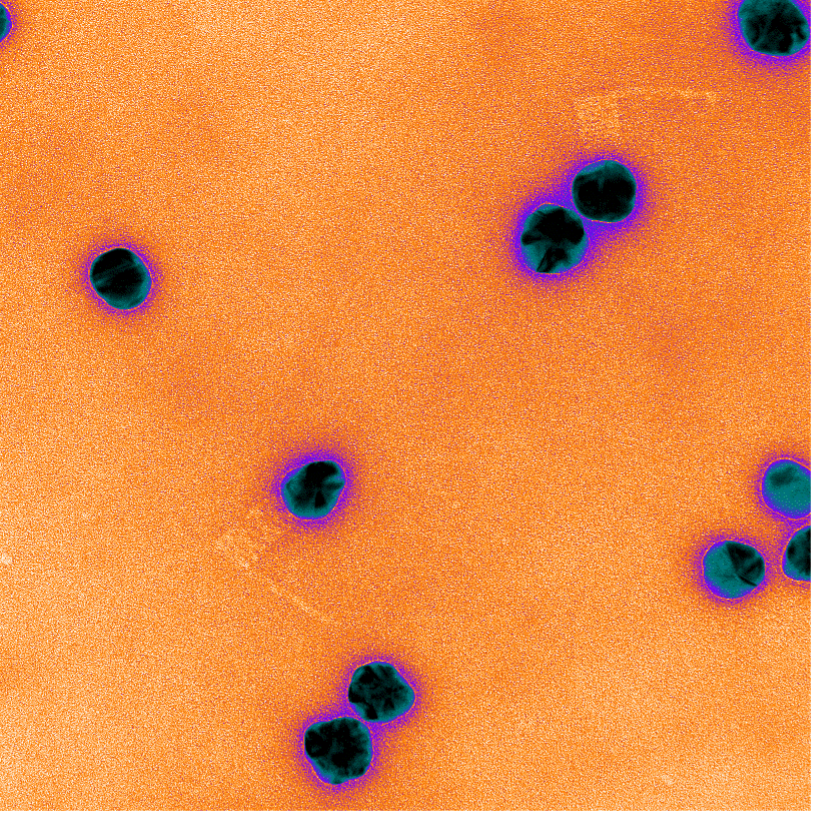
Scientists Use DNA Origami to Monitor CRISPR Gene Targeting
ROCKVILLE, MD – The remarkable genetic scissors called CRISPR/Cas9, the discovery that won the 2020 Nobel Prize in Chemistry, sometimes cut in places that they are not designed to target.
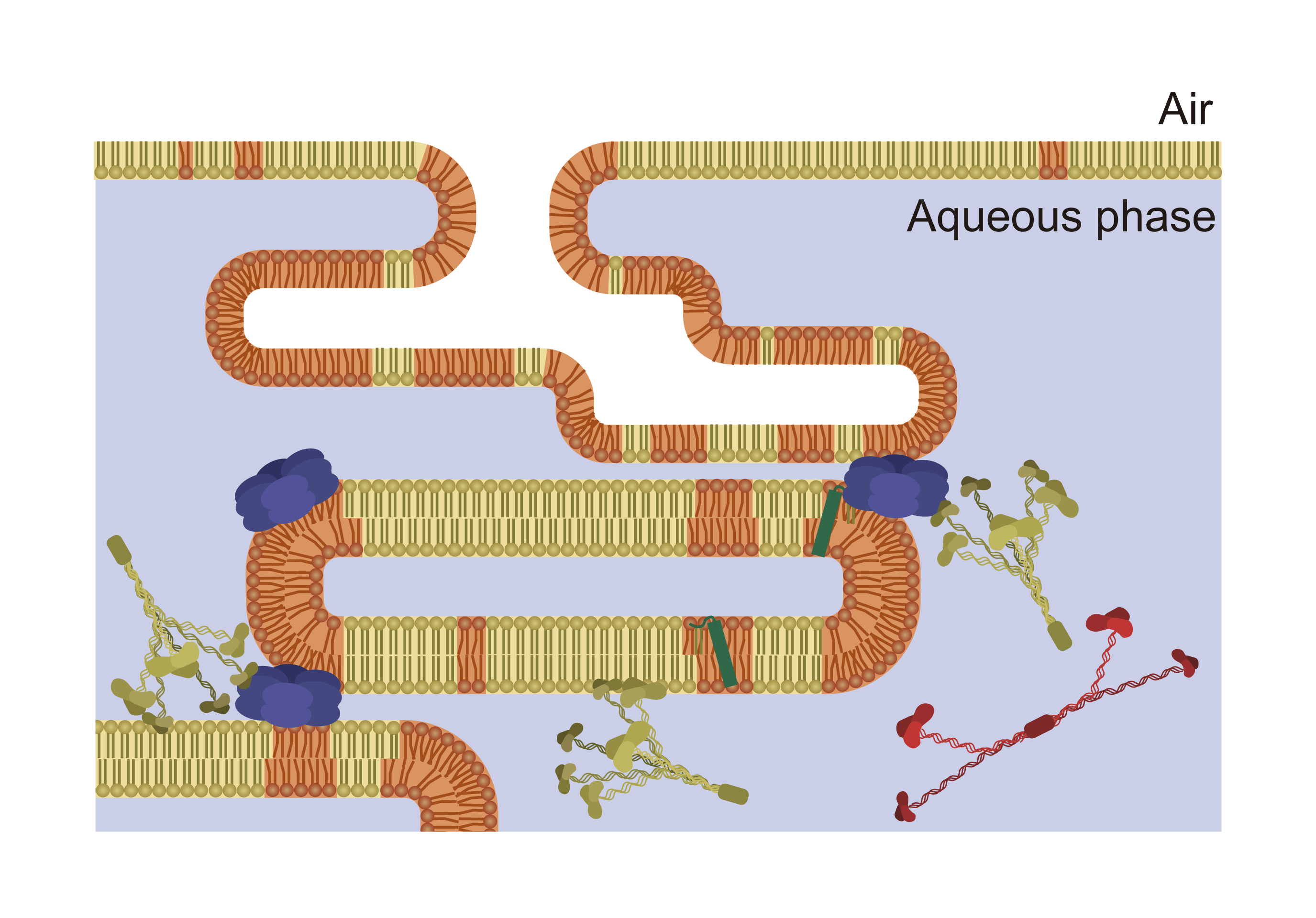
How Reducing Body Temperature Could Help a Tenth of All ICU Patients
ROCKVILLE, MD – A tenth of all intensive care unit patients worldwide, and many critical patients with COVID-19, have acute respiratory distress syndrome (ARDS).
Biophysical Society Invites Submissions to New Open Access Journal Biophysical Reports
ROCKVILLE, MD – Biophysical Reports, the new fully Gold Open Access journal offered by the Biophysical Society (BPS), is now accepting submissions.
Biophysical Society Statement on COVID-19
.ROCKVILLE, MD – As concern continues to grow concerning the novel coronavirus, COVID-19, so does the opportunity for misinformation to spread as the public searches for reliable information on infection and means of protection.
New High-Throughput Method to Study Gene Splicing at an Unprecedented Scale Reveals New Details About the Process
Genes are like instructions, but with options for building more than one thing. Daniel Larson, senior investigator at the National Cancer Institute, studies this gene “splicing” process, which happens in normal cells and goes awry in blood cancers like leukemia.
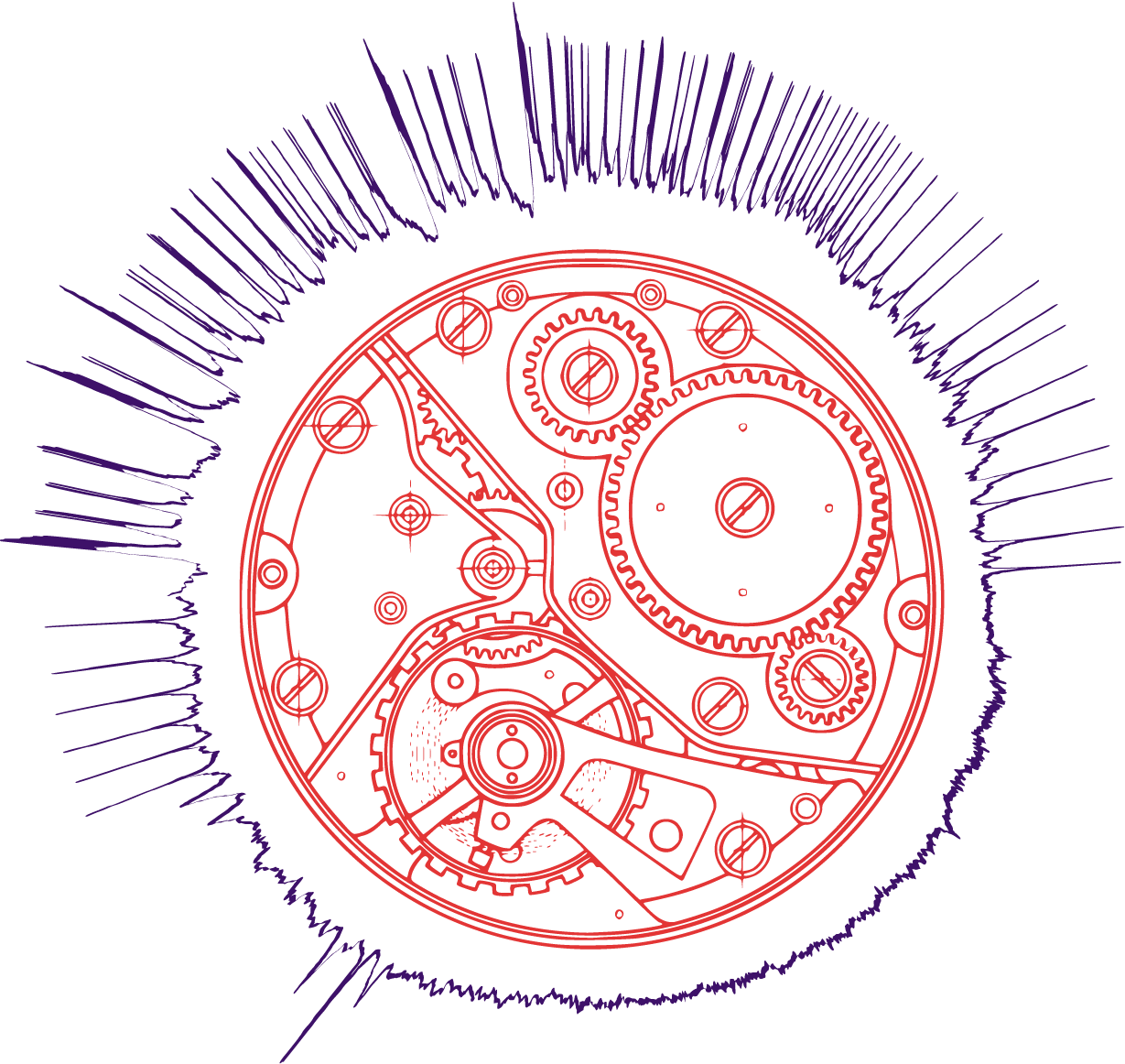
What Induces Sleep? For Fruit Flies It’s Stress at the Cellular Level
Sleep-deprived fruit flies helped reveal what induces sleep. University of Oxford researchers Anissa Kempf, Gero Miesenböck, and colleagues reveal that fruit fly sleep is driven by oxidative stress, the imbalance of free radicals and antioxidants in the body.
A New Way to Monitor Cancer Radiation Therapy Doses
More than half of all cancer patients undergo radiation therapy and the dose is critical. Too much and the surrounding tissue gets damaged, too little and the cancer cells survive.
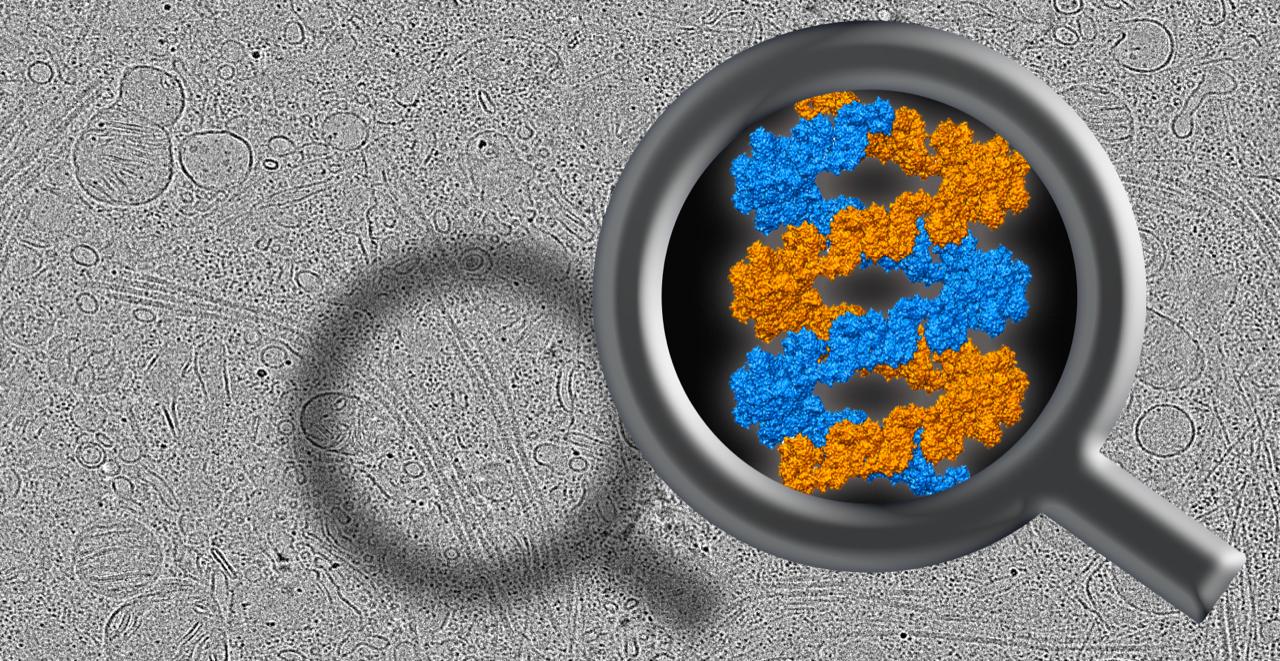
Parkinson’s Disease Protein Structure Solved Inside Cells Using Novel Technique
The top contributor to familial Parkinson’s disease is mutations in leucine-rich repeat kinase 2 (LRRK2), whose large and difficult structure has finally been solved, paving the way for targeted therapies.
Like a Microscopic Mars Rover, a New Technique Tracks Individual Protein Movement on Live Cells
The piece of gold that Richard Taylor was thrilled to track down weighed less than a single bacterium. Taylor, a postdoctoral fellow at the Max Planck Institute, was working to follow individual nanogold-labeled molecules that move just nanometers, billionths of a meter.
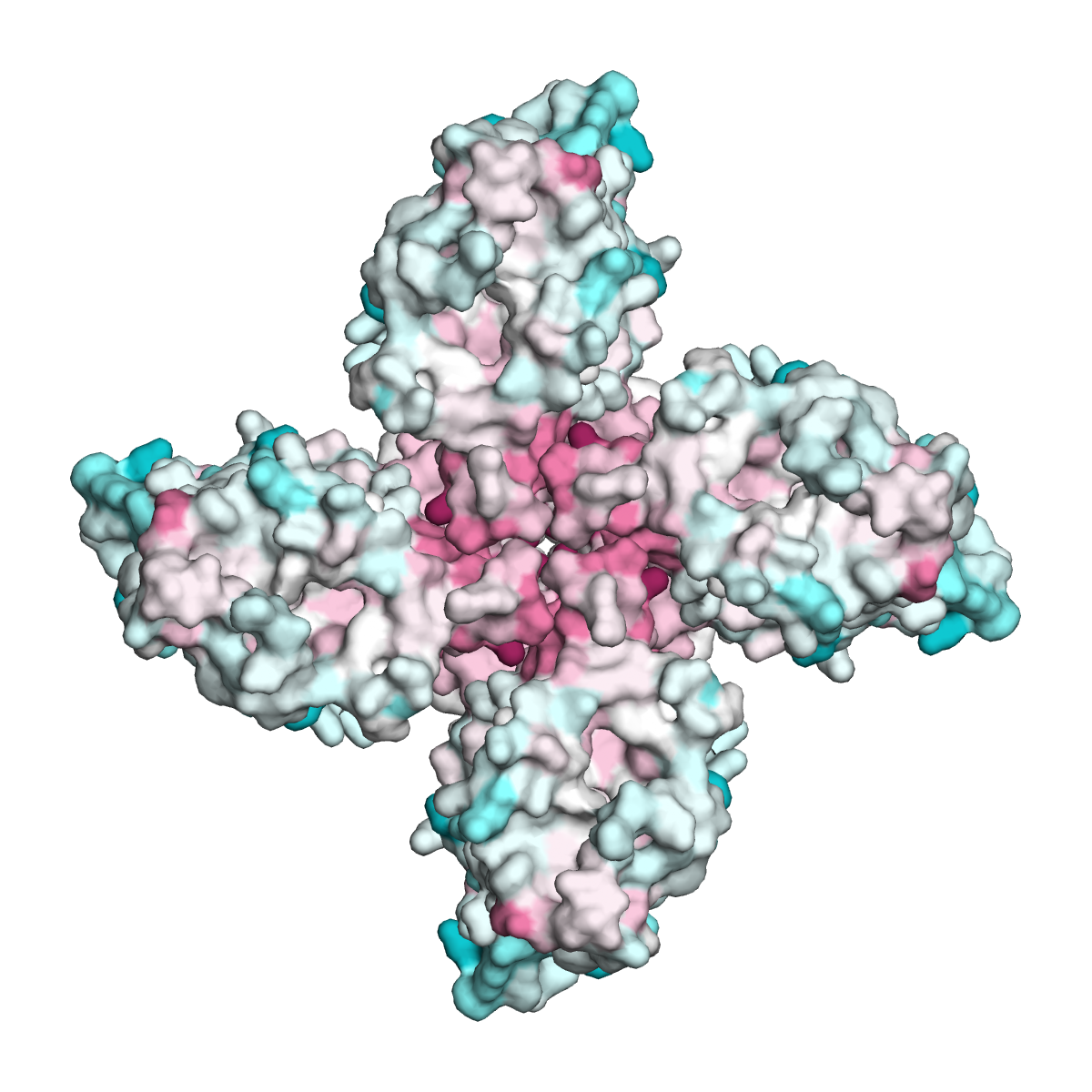
Insects’ Ability to Smell is Phenomenally Diverse, a New Protein Structure Hints at How
Mosquitoes find us by our odor molecules binding to odor receptors on their antennae, bees are drawn to flowers the same way, whereas ticks detect an approaching host using receptors on their forelegs.
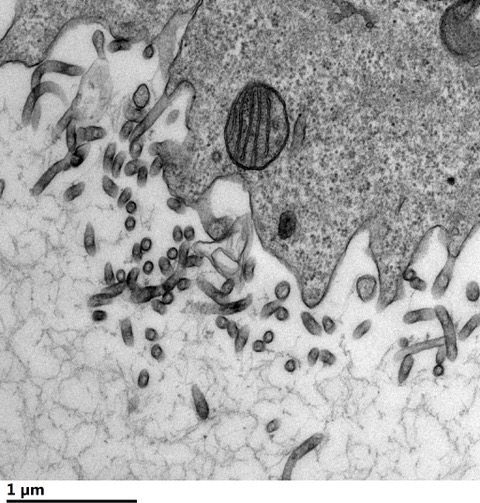
Researchers Show How Ebola Virus Hijacks Host Lipids
Robert Stahelin studies some of the world’s deadliest viruses. Filoviruses, including Ebola virus and Marburg virus, cause viral hemorrhagic fever with high fatality rates. Stahelin, professor at Purdue University, examines how these viruses take advantage of human host cells.
Technique Can Label Many Specific DNAs, RNAs, or Proteins in a Single Tissue Sample
A new technique can label diverse molecules and amplify the signal to help researchers spot those that are especially rare. Called SABER (signal amplification by exchange reaction), Peng Yin’s lab at Harvard’s Wyss Institute first introduced this method last year and since have found ways to apply it to proteins, DNA and RNA.